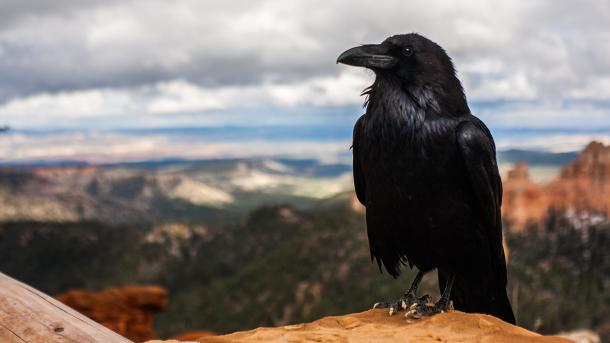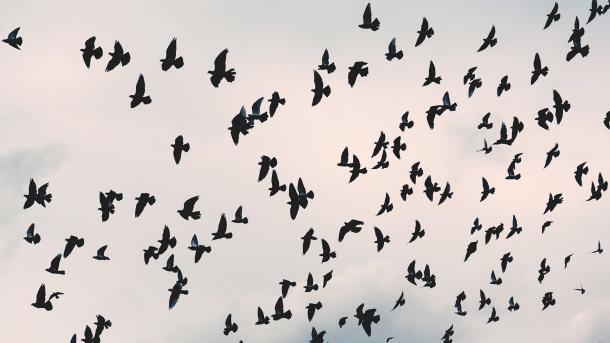Crows, members of the Corvidae family alongside ravens, magpies, and blue jays, are often met with fear and misunderstanding. Their loud calls and black feathers have historically linked them to negative connotations. However, scientific research reveals a different story: crows are highly intelligent, social creatures with complex behaviors. This article delves into the fascinating world of crows, exploring their intelligence, social structures, and ecological importance.
Habitat and Distribution
Crows exhibit a remarkable adaptability, thriving in diverse environments across the globe. From bustling urban centers to remote wilderness areas, crows have established a presence on every continent except Antarctica. This widespread distribution speaks to their resilience and ability to exploit various resources.
Dietary Habits
Crows are opportunistic omnivores, consuming a wide range of food sources. Their diet includes insects, frogs, snakes, mice, seeds, fruits, and even carrion. This dietary flexibility contributes to their success in diverse habitats. An adult crow requires approximately 11 ounces of food per day to maintain its energy levels.
Species Diversity
The Corvus genus encompasses approximately 40 species, ranging in size from the relatively small pigeon-sized crows to the imposing ravens, which can measure up to 24-27 inches in length. This diversity highlights the evolutionary success of the crow family.
 alt: A crow perched on a branch.
alt: A crow perched on a branch.
Complex Social Structures
Crows demonstrate complex social behaviors, often living in tight-knit family groups. They communicate through a diverse vocal repertoire of at least 250 distinct calls, which serve various purposes, including alerting others to danger and coordinating group activities. Remarkably, crows exhibit altruistic behavior, defending even unrelated crows against predators. Their strong social bonds contribute to their survival and success.
Lifelong Mating and Cooperative Breeding
Crows typically form monogamous pair bonds that last a lifetime. They often engage in cooperative breeding, where offspring from previous years assist in raising younger siblings. This cooperative behavior enhances the survival rate of young crows and strengthens family bonds.
Corvid Family Relations
The Corvus genus includes the common American crow, ravens, rooks, and other crow variations. The broader Corvidae family encompasses jays, magpies, nutcrackers, and other related bird species. These birds share a common ancestry and exhibit varying degrees of intelligence and social complexity.
Crows and West Nile Virus
Crows are susceptible to the West Nile virus, and their deaths serve as an early warning system for potential human outbreaks. While the virus has significantly impacted crow populations, causing a 45% decline in American crows since 1999, they are still classified as a species of Least Concern by the International Union for Conservation of Nature. This designation reflects their resilience and adaptability.
 alt: A close-up of a crow's head.
alt: A close-up of a crow's head.
The Mystery of the “Murder of Crows”
The collective noun for a group of crows is a “murder.” This term’s origin is shrouded in folklore and superstition. One theory suggests that crows hold communal gatherings to judge and punish other crows. Another explanation links crows to death omens due to their scavenging habits and association with battlefields and cemeteries. However, the term “murder of crows” likely reflects a time when collective nouns for animals were more colorful and evocative. Other examples include an “ostentation of peacocks,” a “parliament of owls,” a “knot of frogs,” and a “skulk of foxes.”
Conclusion: Rethinking Crows
Crows are far more than the ominous figures often portrayed in popular culture. Their intelligence, complex social structures, and adaptability make them remarkable creatures worthy of study and appreciation. Understanding their ecological role and dispelling misconceptions surrounding them is crucial for their conservation and coexistence with humans.